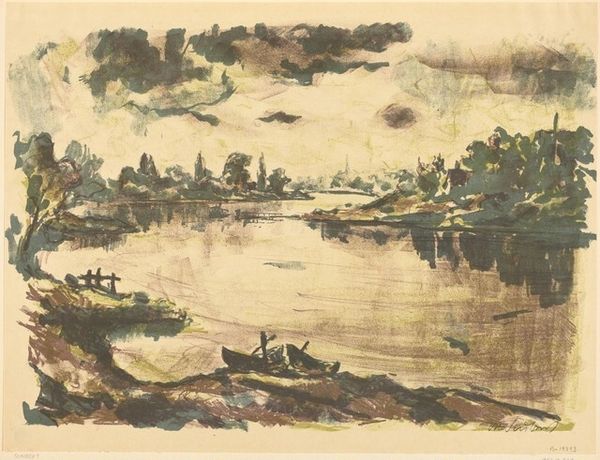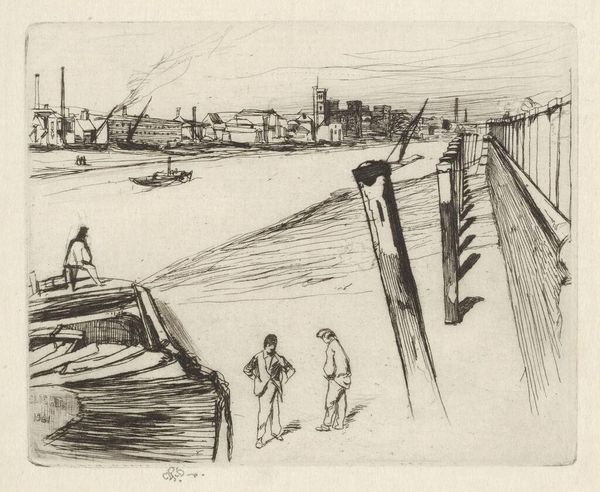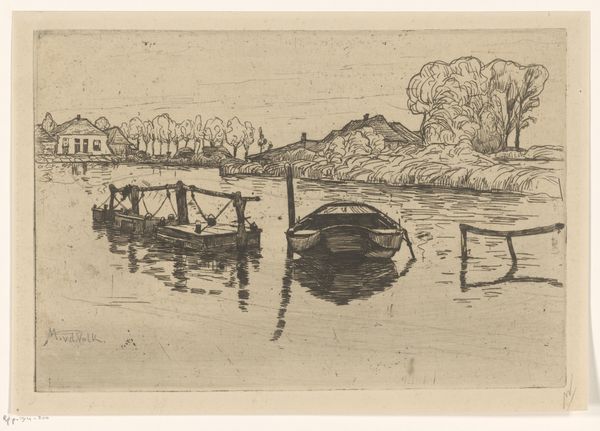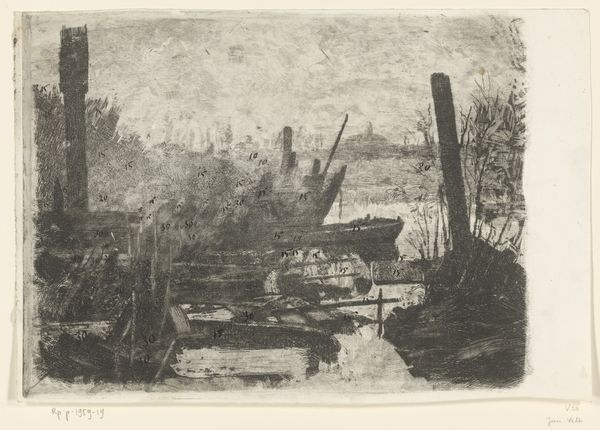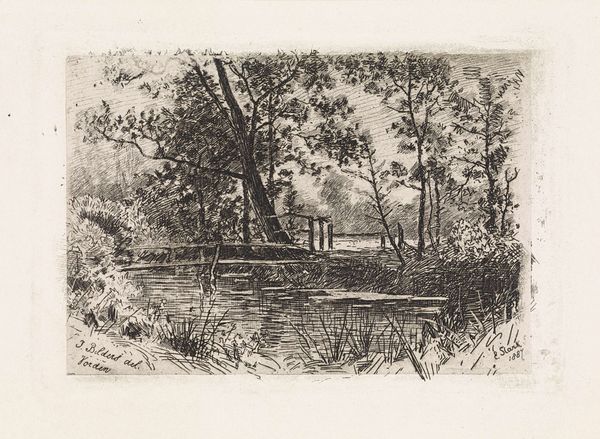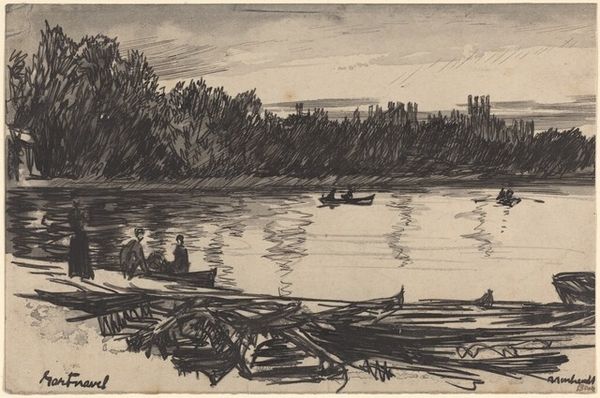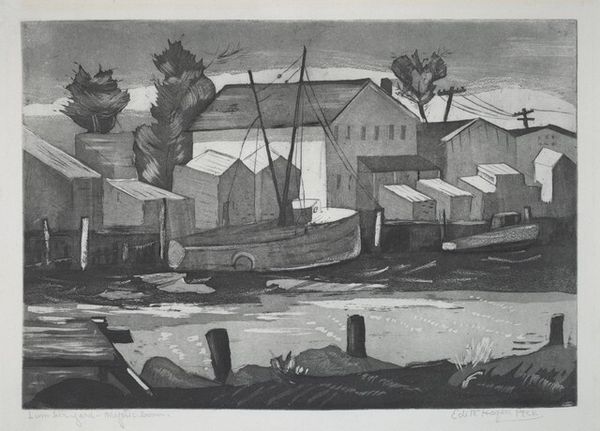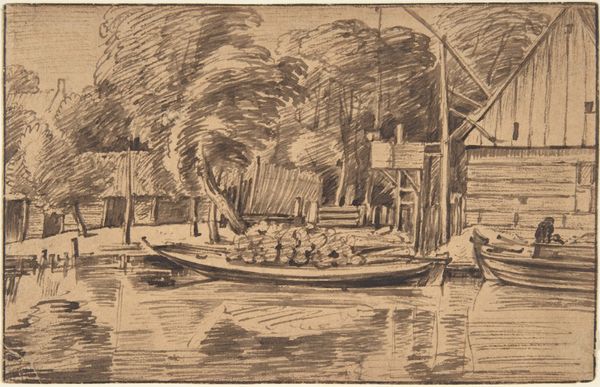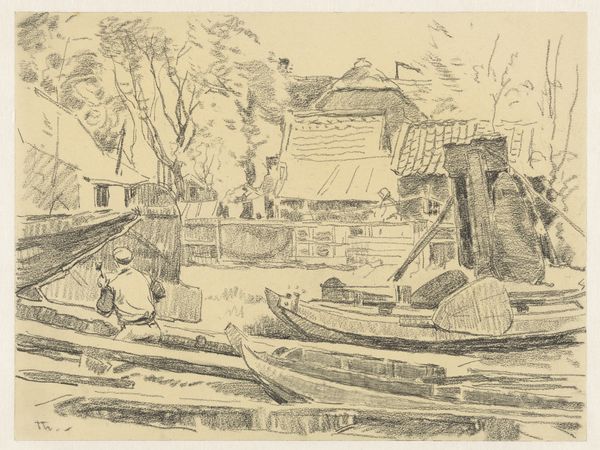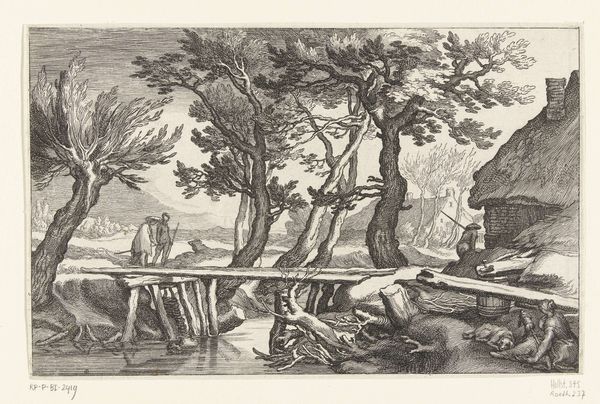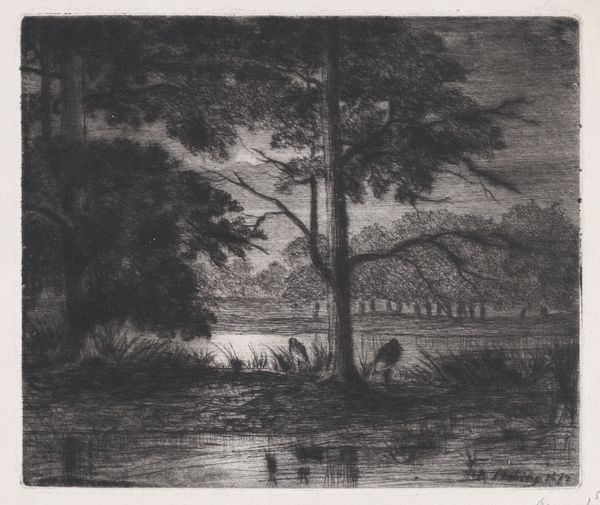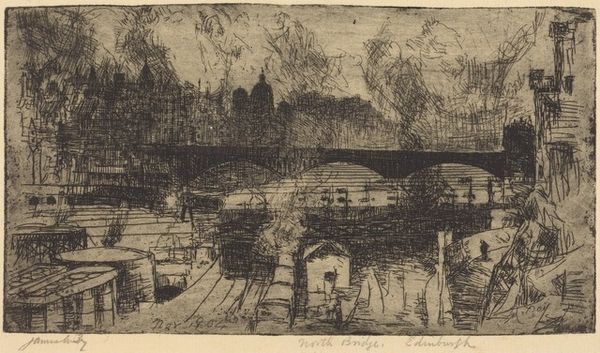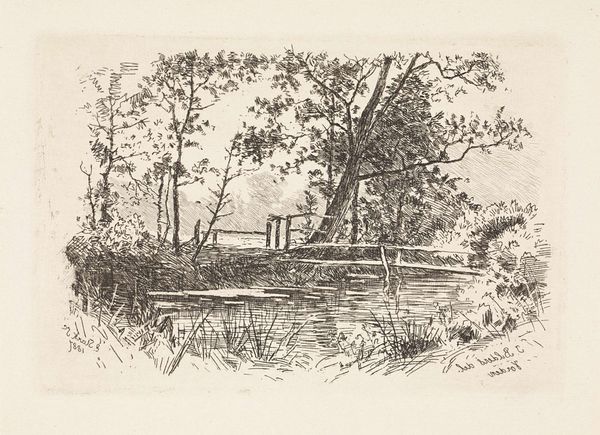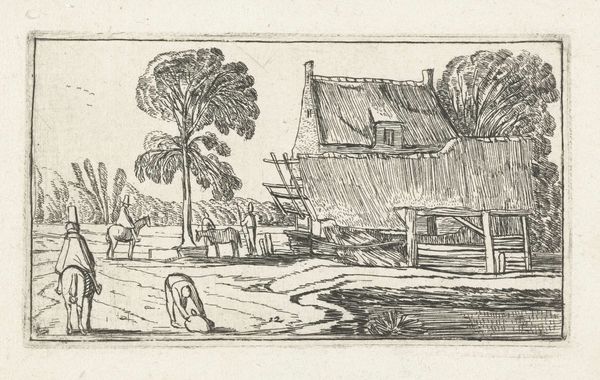
# print
#
landscape
#
geometric
#
cityscape
Copyright: National Gallery of Art: CC0 1.0
Editor: We're looking at Leonard Pytlak's print, "Rockport Quay." It evokes such a quiet, almost melancholy atmosphere, especially with its muted color palette. What strikes you most about this print? Curator: It’s fascinating how Pytlak, through the medium of printmaking, depicts a working waterfront. The geometric shapes, while suggesting buildings and boats, primarily highlight the *making* of this image. What materials do you think he used, and what impact does that have? Editor: It's a print, so likely some kind of ink on paper. I'd guess he used wood blocks. That’d make sense with the flat, almost chunky shapes. Does that speak to the historical context? Curator: Absolutely. Consider the availability and cost of materials during the period it was created. Printmaking was, at one point, a mass production technique. Now think of its revival by artists like Pytlak: does this elevate the print, as art, or does this democratize art with “accessible” or mundane material? Editor: I never thought about it that way. So, the printmaking itself comments on labor and value, while also capturing a specific moment in time? Curator: Precisely! And it leads us to question what role of the artist truly is. Is he documenting an area and their activity? Is he transforming common labor into art? This print presents a convergence of industry, art, and access, making it richer and more meaningful than just its surface portrays. Editor: Wow, seeing it as a convergence changes my whole perspective on how art is created and shared. Thanks, I learned a lot. Curator: It's all about considering the art-making process as inherently entwined with social dynamics, isn't it?
Comments
No comments
Be the first to comment and join the conversation on the ultimate creative platform.
